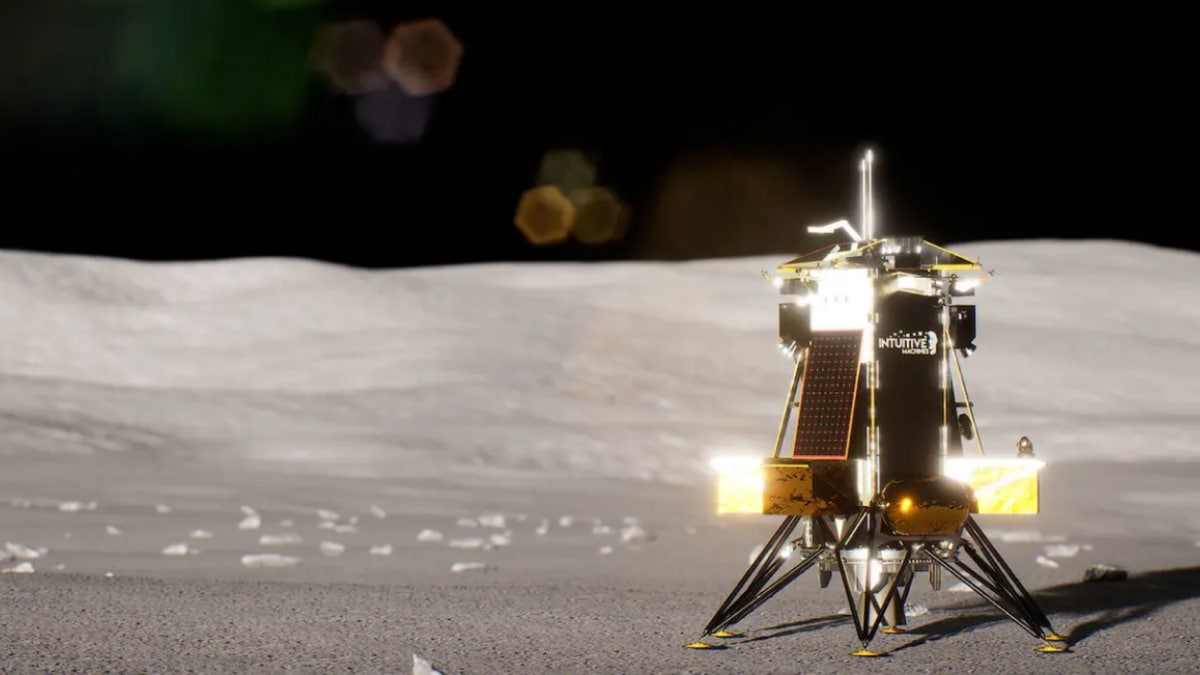Firefly Aerospace's inaugural lunar mission is prepared for takeoff, as the Blue Ghost lander is scheduled to launch on a SpaceX Falcon 9 rocket in mid-January. According to reports, the mission, called Ghost Riders in the Sky, will also carry Japan's Resilience lander and marks a significant collaboration under NASA's Commercial Lunar Payload Services (CLPS) program. As per reports, the Blue Ghost lander arrived at NASA's Kennedy Space Center on December 16 for integration with the rocket, where preparations are ongoing to meet the six-day launch window.
NASA Payloads to Advance Lunar Science
Reports indicate that 10 NASA payloads will be included, aiming to enhance understanding of the moon's surface and its interaction with Earth's magnetic fields. Among the notable instruments is the Next Generation Lunar Retroreflector (NGLR), which will help measure the distance between Earth and the moon with precision. Other key payloads include the Regolith Adherence Characterization (RAC), designed to study the effects of lunar dust, and the Lunar Environment Heliospheric X-ray Imager (LEXI), which will monitor solar wind activity.
Technology Demonstrations Highlighted
Several experimental technologies will also be tested during the mission, such as the Electrodynamic Dust Shield (EDS), which repels lunar dust using electric fields, and the Lunar GNSS Receiver Experiment (LuGRE), which evaluates navigation systems in the lunar environment. The Radiation Tolerant Computer System (RadPC) will demonstrate resilience against ionizing radiation, critical for future long-term lunar missions.
Mission Timeline and Key Goals
The entire mission is expected to span 60 Earth days. After a 25-day Earth orbit phase, Blue Ghost will undertake a translunar injection, followed by a four-day journey to the moon. The lander will spend two weeks on the lunar surface, collecting critical scientific data. During this time, observations of a solar eclipse and a phenomenon called “horizon glow” are anticipated, as stated by Jason Kim, Firefly CEO, during a briefing.
These efforts are expected to inform future Artemis program missions, establishing a sustained human presence on the moon, according to reports.


